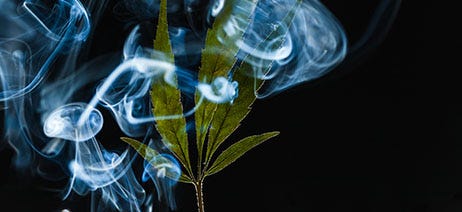
Guide to Cannabis Decarboxylation
High Points
- Decarboxylation is the key to unlocking THC and CBD in cannabis, converting non-psychoactive compounds like THCA into their active forms (THC) so you can actually feel the effects. This occurs naturally over time, or it can happen immediately when exposed to high temperatures–i.e. smoking or vaping your buds.
- There are a few ways to decarb at home. We recommend using either the oven or sous vide method, as they are both simple and effective. Just avoid the microwave as it’s too unpredictable for reliable results.
- Decarboxylation is a requirement when making edibles or tinctures if the goal is to experience psychoactive effects.
Decarboxylation is a vital step in enjoying the effects of cannabis. By understanding the science behind decarboxylation, learning how to decarb cannabis effectively, and appreciating the significance of decarboxylation, you can ensure your cannabis’s potential is fully unlocked during your next session. In this article, we’ll cover:
- What is Decarboxylation?
- How to Decarb Cannabis at Home
- FAQs About Decarboxylation
What is Decarboxylation?
Decarboxylation is the process of exposing cannabis flower to heat or light to activate compounds like THC. This occurs naturally over time, or it can happen immediately when exposed to high temperatures. This is why you need to smoke or vaporize flower to feel the effects.1
Scientifically speaking, decarboxylation is the chemical process of removing a carboxyl group from a molecule. In doing so, cannabinoids like THCA and CBDA are activated and become THC and CBD. In these forms, the cannabinoids can interact with the body’s endocannabinoid system when marijuana is consumed. This process is necessary for cannabis enthusiasts to experience the sensations we’re familiar with when we enjoy marijuana.1
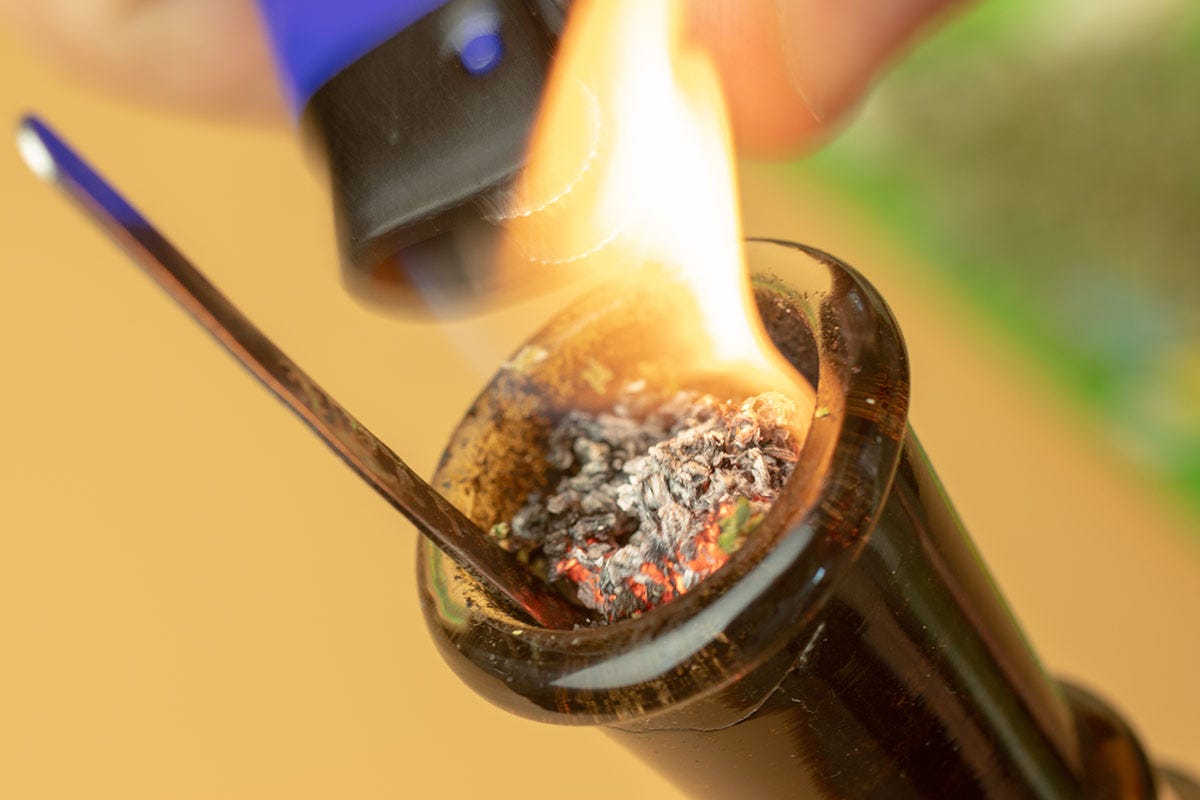

So when do you need to decarb cannabis? Anytime you’re using flower for homemade edibles or preparing infused products such as oils or tinctures—assuming you want an intoxicating experience. Raw cannabis contains predominantly THCA, which has no real psychoactive effect.2
How to Decarb Cannabis at Home
There are various methods for decarboxylating cannabis, but the most common are using either the oven or a sous vide. Both of these recipes are simple and effective.
Decarb Cannabis in the Oven [5 Steps]
So you’ve gone to the dispensary, purchased flower, and now you want to decarb it before making a tincture, infusion, or edible. If you’re interested in decarboxylating your marijuana in the oven, just follow these five simple steps.3
Step 1: Preheat the Oven
Set your oven to the recommended temperatur range of 200-245°F (93-118°C).
Step 2: Break Up the Flower
Break up the cannabis flower into smaller, evenly-sized pieces. You can do this by hand or with a grinder.
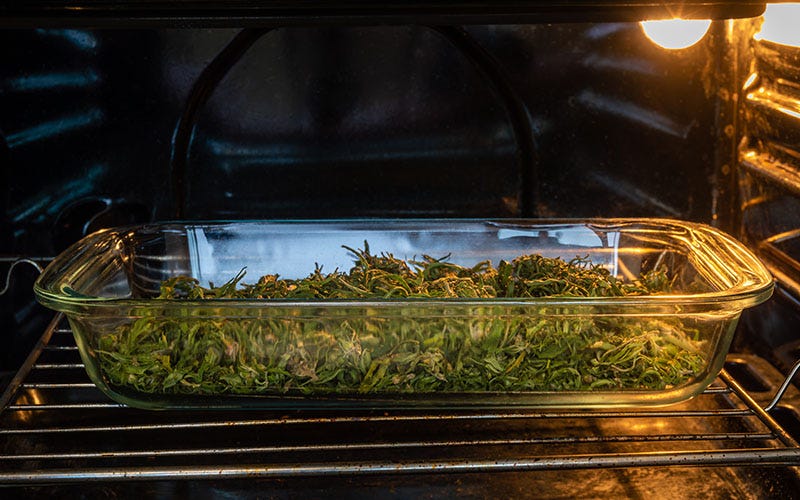

Step 3: Spread Out the Buds
Place the cannabis buds on a baking sheet lined with parchment paper and ensure they are evenly spread out.
Step 4: Bake
Carefully place the baking sheet in the preheated oven and bake for approximately 30 minutes. Keep an eye on the cannabis to prevent overcooking.
Step 5: Let It Cool
Once the decarboxylation process is complete, remove the baking sheet from the oven and allow the cannabis to cool. It can then be stored for future use in a cool, dry place if you’re not planning on using it right away.
Decarb Cannabis with a Sous Vide [3 Steps]
Some cannabis enthusiasts prefer not to use their ovens for decarboxylation and opt for other methods. Follow these three easy steps to use the sous vide method:
Step 1: Grind Your Flower
Grind the cannabis flower to increase its surface area and ensure even decarboxylation.
Step 2: Seal in the Bag
Place the ground cannabis into a vacuum-sealed, heat-safe bag, removing any excess air to create a tight seal.
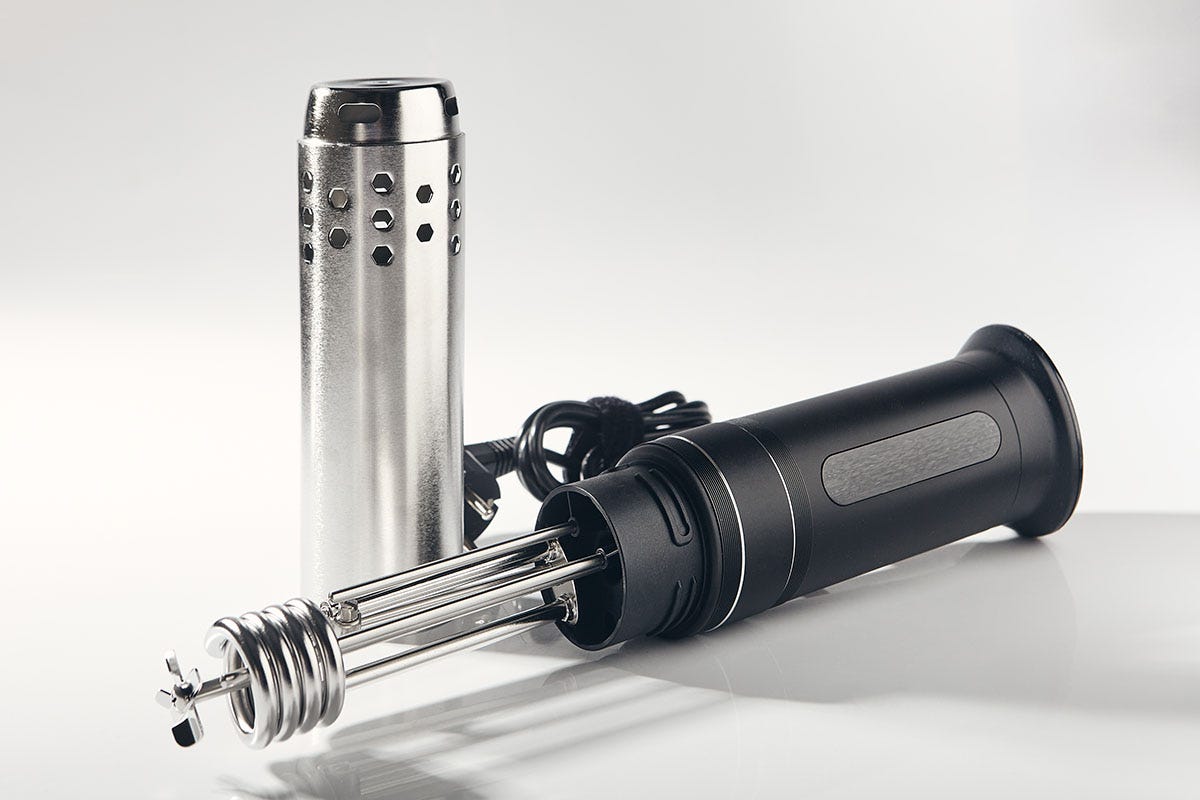

Step 3: Cook
Set the sous vide machine to a temperature of 230°F (110°C) and immerse the sealed bag in the water bath. Cook for about 90 minutes to achieve proper decarboxylation. If you don’t have a sous vide machine, you can also just use a pot that can hold enough water to cover the bag of cannabis.
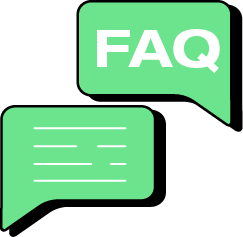

FAQs About Decarboxylation
Learning about decarboxylation is a critical part of ensuring you use your marijuana to its full potential. Here are a few additional things to know before you get started.
What is the best temperature to decarb cannabisCan you eat decarboxylated cannabis?
The optimal temperature for decarboxylating cannabis ranges anywhere from 200-245°F (93-118°C). This temperature range ensures efficient conversion of THCA into THC without excessive degradation and without destroying the cannabinoids and terpenes by overheating them.1
Can you eat decarboxylated cannabis?
Yes, decarboxylated cannabis can be consumed.4 It can be ground and added to edibles (as long as you don’t mind the flavor) or infused into oils, butters, and more. It can also be added to drinks. You can even use your activated cannabis to make your own homemade gummies.
Can you make cannabutter without decarbing cannabis?
Unfortunately, no. Decarboxylation is necessary to activate the THC in cannabis before infusing it into butter or oils.2 Without decarboxylation, the cannabutter would not have the desired psychoactive effects.
Can you decarboxylate cannabis in the microwave?
While it is technically possible to decarboxylate cannabis in the microwave, it is not recommended.2 Microwaves can be unpredictable and may result in uneven or inconsistent decarboxylation. It is generally better to use more controlled methods such as an oven or sous vide for reliable results.


Decarboxylation & Cannabis
If you’re curious about decarboxylation, why not visit one of our dispensary locations? There, cannabis experts can help you decide the best way to enhance and enjoy your cannabis.
Sources:
1. “Decarboxylation guide: How to properly decarb weed,” Leafly, July 31, 2025, https://www.leafly.com/learn/consume/edibles/what-is-decarboxylation
2. “How To Decarb Weed: The Ultimate Decarboxylation Guide,” Herb, July 11, 2025, https://herb.co/guides/how-to-decarb-weed
3. “The ultimate guide to decarboxylation,” Weedmaps, https://weedmaps.com/learn/the-plant/the-ultimate-guide-to-decarboxylation
4. “Decarboxylation: A Beginner’s Guide,” MarijuanaBreak, July 3, 2025, https://marijuanabreak.com/cannabis/science/decarboxylation/


